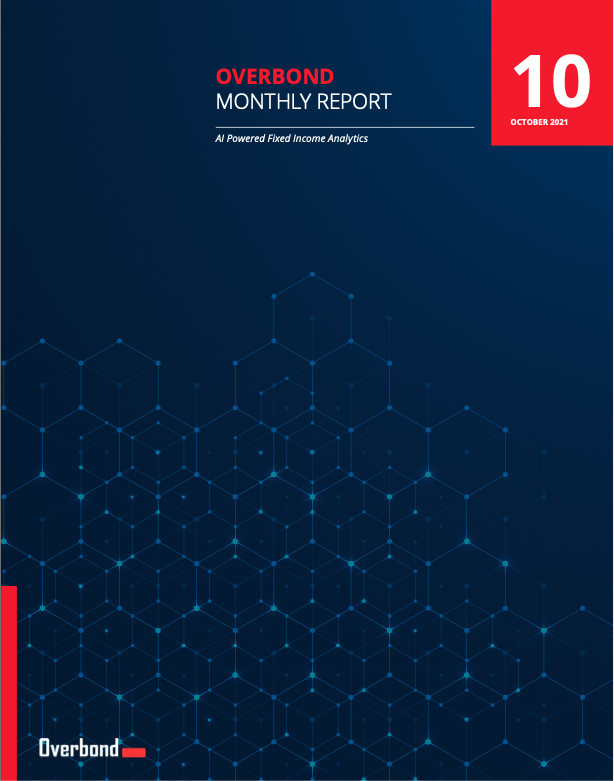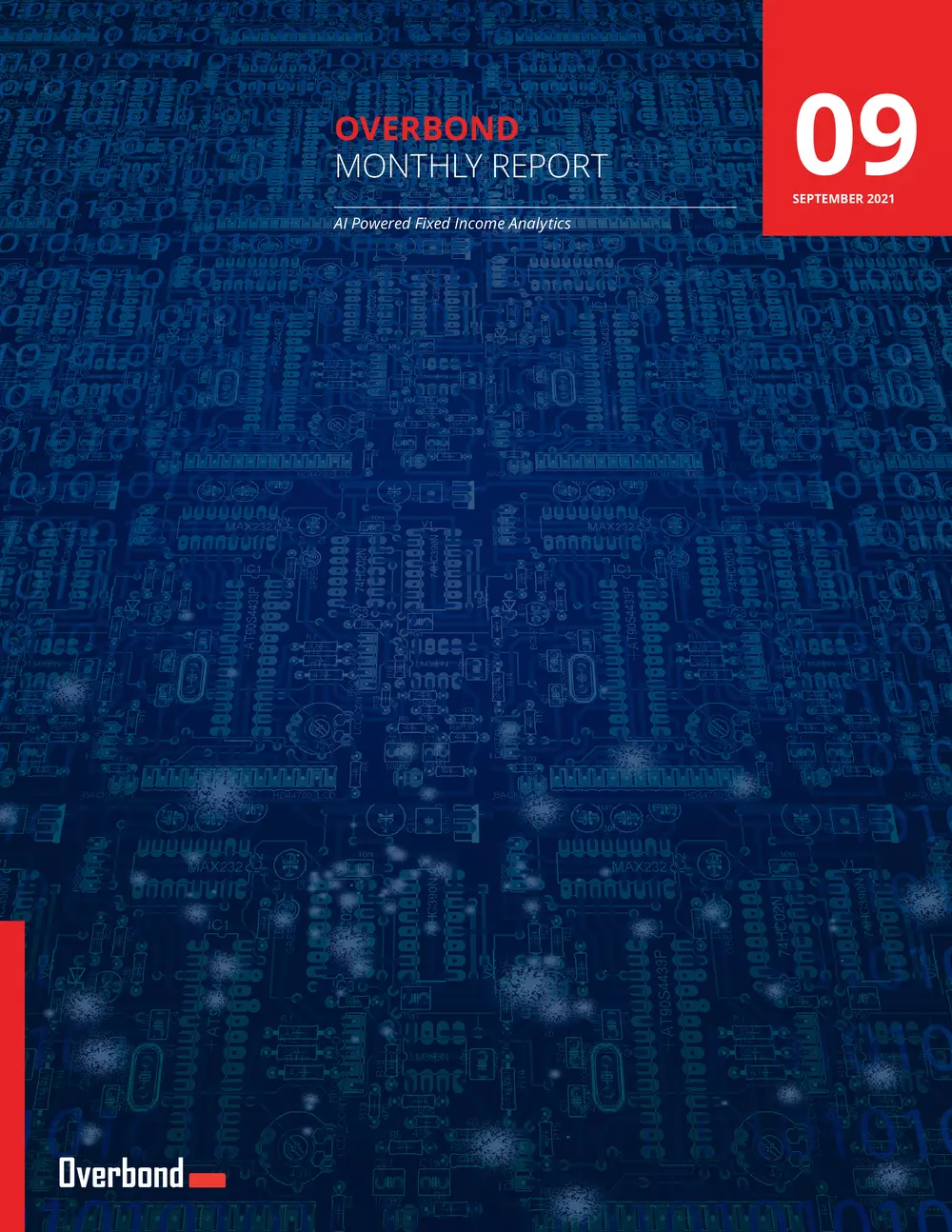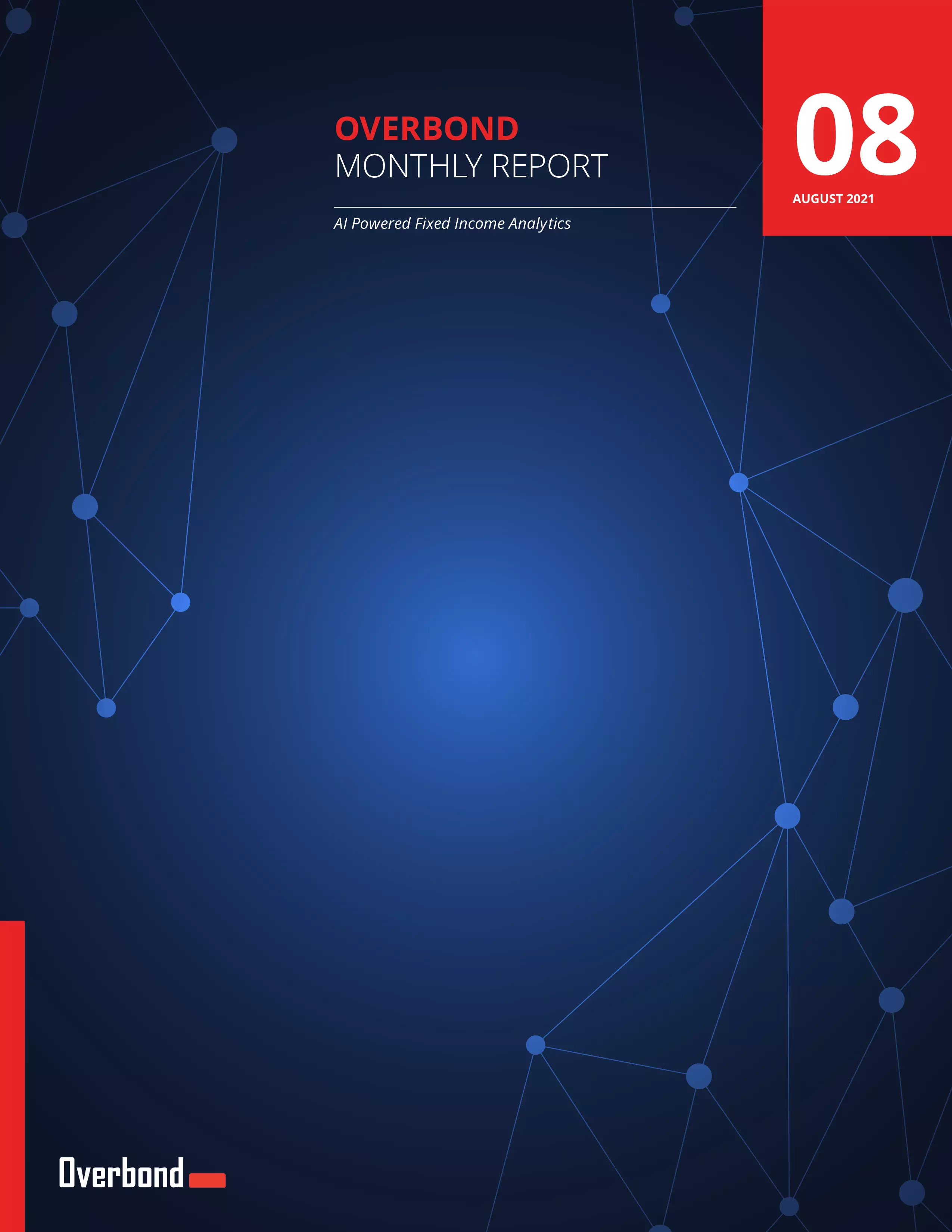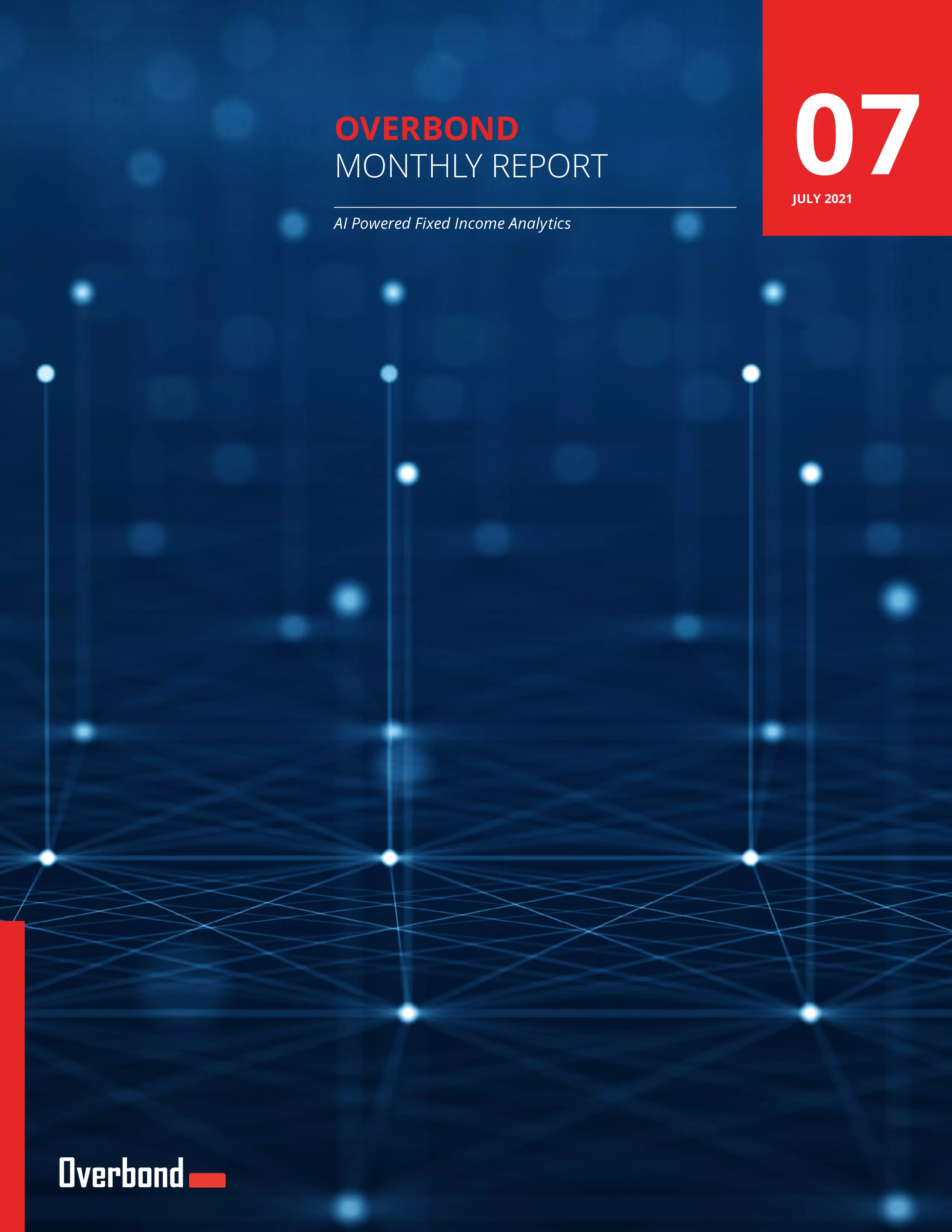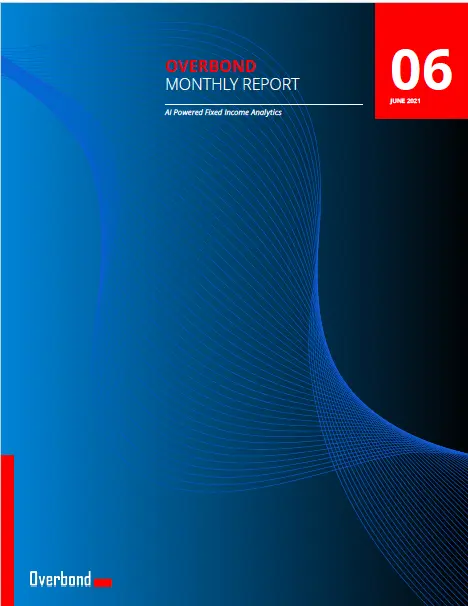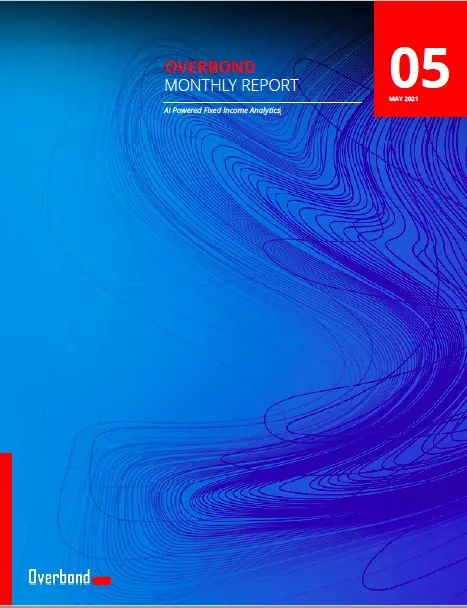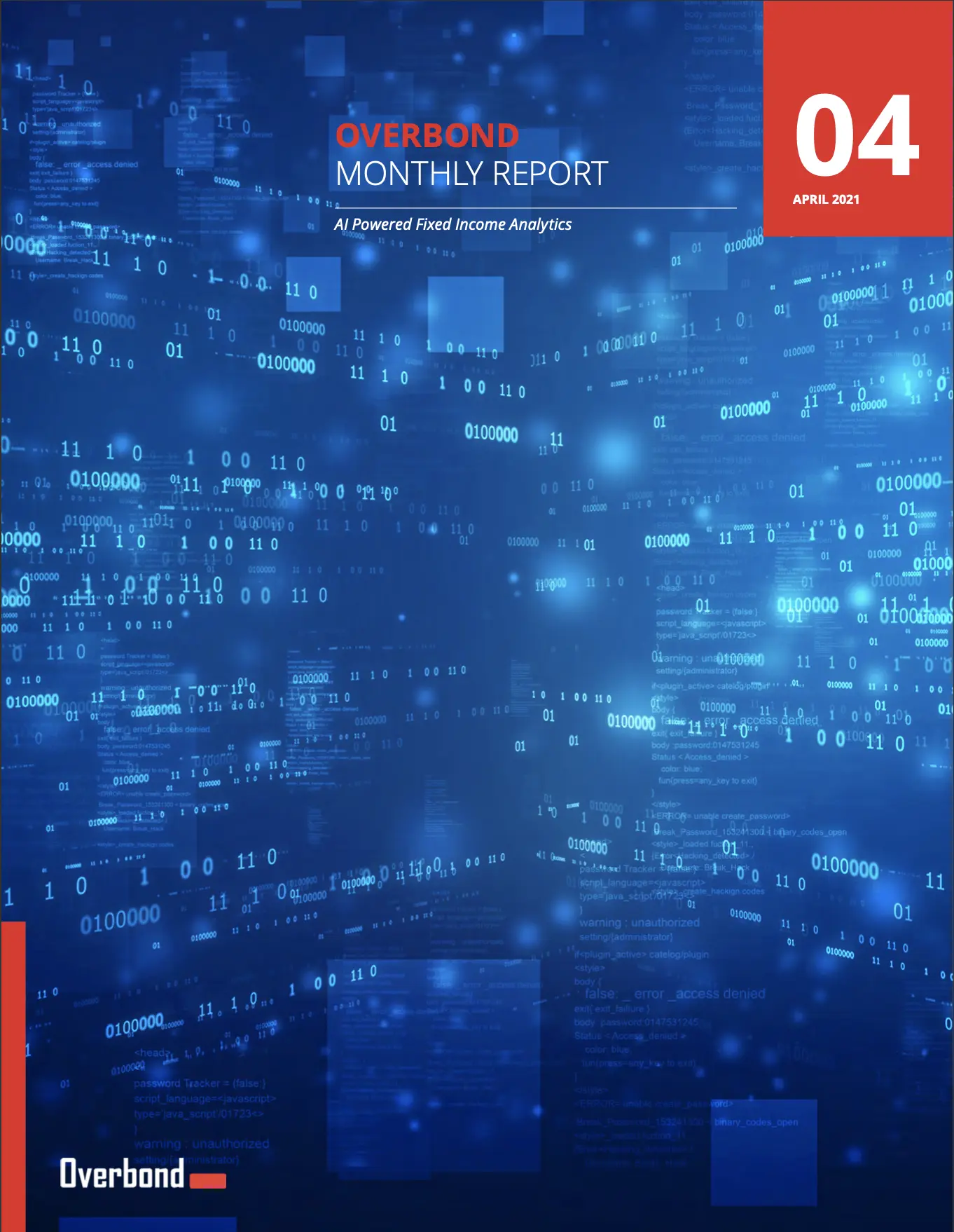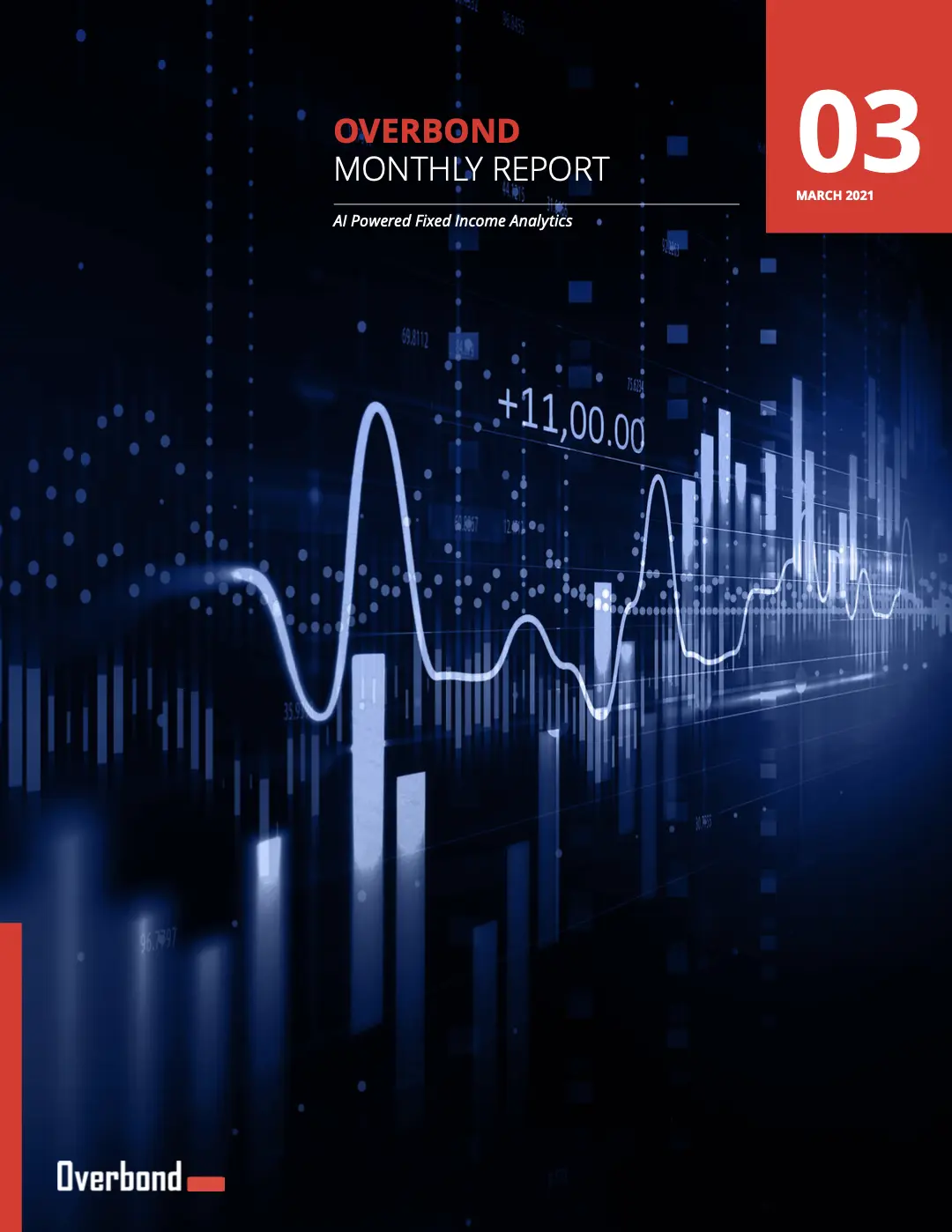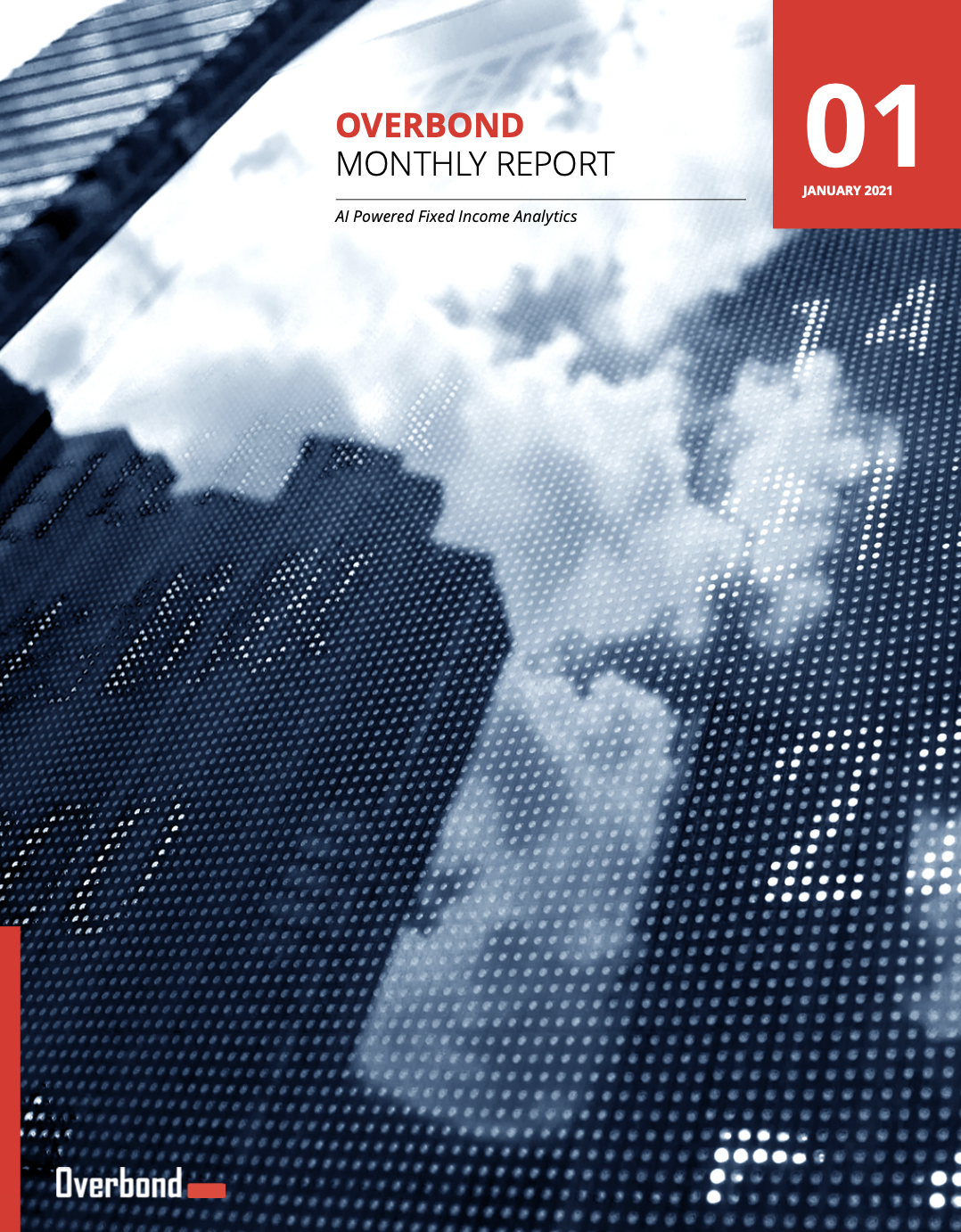October 2021 Report
Financial markets remain at a crossroads going into the final quarter of the year. Stocks are wavering with investors largely divided between the camps of healthy correction/buying opportunity and outright reversal. At the same time, bond yields are moving higher again as Central Bankers turn less sanguine on inflation and by definition more hawkish on policy. Certainly, while the overall tailwind of a stronger economy and rising corporate profitability is supportive of still higher prices, other tailwinds have given way to new headwinds. The acknowledgement by the Fed and other Central Bankers of inflation something closer to entrenched than “transitory” should continue to pressure bond yields higher, while simultaneously moving forward the timetable for the removal or “tapering” of QE support for risk assets. In Washington, we will most likely skate by yet-another debt ceiling fiscal cliff tail event, but the bipartisan infrastructure and far-left reconciliation bill soap opera highlights overall political dysfunctionality and discord.
September 2021 Report
The recent Jackson Hole symposium showed the US Fed still hesitant to talk specifics about when asset purchase tapering may commence, apart from saying it “could” be sometime “this year”. Next up is the ECB, and its first post summer month scheduled policy meeting on September 9. Even with the European economic rebound still lagging that of the US, the ECB appears to be on a similar flight path as the Fed, both in terms of an entrenched, or at least public view that inflation is transitory, and acknowledgement of the need to at least start talking about tapering. Obviously the latest inflation numbers out of Europe, including that of Germany hitting a 10+-year high, gives the ECB hawks that much more ammo while seemingly painting the broader consensus into a corner with respect to paring back on PEPP purchases sooner rather than later. Moreover, the latest meeting minutes themselves showed some members fearful that the risks of less-than-transitory inflation were being underestimated. Regardless, as in the US, we are not expecting anything out of the ECB on the tapering front just yet.
Download Report
August 2021 Report
German and US 10 year yields both fell by about a quarter of a percentage point in July, Bunds to -.46% and Treasuries to 1.23%, led by declines in real yields rather than lower inflation expectations. As per German inflation-linker and US TIPs market pricing, breakeven yields were actually modestly higher in Germany, and little changed in the US on the month. As such, the government markets in both Germany and the US could be said reflecting a new stagflationary bias with many investors now calling for a peaking in growth even as momentum to higher price inflation remains strong. Clearly our call, like so many others, for US 10 year yields back above 2.00% and German 10s moving into positive territory has proved premature at best. We believe yields have much more inflation- and inflation expectations-driven upside than downside from current levels, but expect any meaningful move higher is more of a 2022 story.
Download Report
July 2021 Report
The German Bund, US Treasury and other bellwether government bond markets staged decent rallies in June, on continued skimming off of prior inflationary expectations froth. While the overall economic outlook remains upbeat in the eyes of most, the modest decline in real yields to go along with the scale-back in inflation expectations reflects more medium and longer term apprehension on the part of the bond market. Some observers in fact have been extrapolating on the Fed and ECB thesis that inflation will prove transitory, with suggestions that secular deflation, and not just disinflation, is the more likely scenario in 2022 and beyond. The plunge in certain commodities such as lumber upon the popping of what were clearly speculative bubbles earlier this spring, even as broader market commodities such as oil continue to grind higher is a supporting red flag to this more cautious if not pessimistic viewpoint
Download Report
June 2021 Report
While the pace of the re-opening is far from even across regions, the global economy on balance is recovering. The US is leading the way to a return to normalcy, with Europe, Canada, and other developed countries a few months behind in their respective vaccination-driven recoveries. Other regions such as India and the less-developed countries are that-much further behind, slowing to an extent the overall pace of global economic revival.
Download Report
May 2021 Report
The global economy is on the mend, albeit uneven in its progress across the various regions, depending on the pace of Covid vaccination and overall headway on the pandemic. While the US is certainly not completely out of the woods, and will likely never be, it does appear on its way to some semblance of herd immunity by summer or fall, with the economy following suite. At the other end of the spectrum, we have a calamity out of India with massive escalation in new cases, hospitalizations, and deaths, spurring many countries, including the US, to bar entry from the region. Europe is understandably behind, but nevertheless beginning to make progress on Covid, and with it we are seeing a tentative re-opening of the European economy. The ECB does not meet again until June, after the most recent meeting on April 30 proved largely uneventful. At her post-meeting press conference, President Lagarde more or less side- stepped the issue of PEPP tapering as a “wait-and see” until the release of the June staff economic projections.
Download Report
April 2021 Report
While positive on the overall economy, some of the GDP growth numbers in the neighborhood of 8,00% being tossed around suggest much of the good news is already priced into stocks and other risk assets. At the same time, the market faces ever-increasing headwinds – rising bond yields, compelling anecdotal evidence of the genie of inflation coming out of its bottle, and the near certainty of higher corporate, personal, and capital gains taxes, not to mention pseudo taxes such as that of rising gasoline prices. That said, history shows broader stock market declines against that kind of growth is very much the exception, regardless of what is already priced in, and as such the overall outlook remains positive, however moderate.
Download Report
March 2021 Report
We believe the year will be one of strong economic growth—if still uneven and “K-like”—with a stock market modestly underperforming the overall economy. This is the flip side to the 2020 experience of equities massively outperforming a pandemic-ravaged economy, with earnings multiples driven higher by Fed- fueled liquidity, near-zero rates and the introduction of a new, inexperienced retail buyer to the demand side of the mix. Nevertheless, returns should remain positive, supported by earnings growth as a counter to more muted multiple expansion, if not outright contraction. However, returns will still fall short of the outsized gains from 2020.
Download Report
February 2021 Report
While the driving theme for equity markets remains much as it been, things have been changing in the government rates space since the beginning of the year. For stocks, it is still about investor enthusiasm for what lies beyond the valley of pandemic despair, and not of the valley itself. For bonds, the days of tightly rangebound Treasury yields from 2020 are fading into memory as the beachhead north of 1.00% in 10s is fortified.
Download Report
January 2021 Report
Financial markets may be guilty of fitting the narrative to justify near-relentless optimism unpinning risk asset prices, and overall fear- of-missing-out. Biden gets elected, and the narrative shifts to a gridlocked Congress being better for markets. Then the Republicans lose control of the Senate, and suddenly, no gridlock and higher future taxes and spending is less important than $2000 stimulus cheques. And with the release of negative jobs numbers for December in both the US and Canada, stock markets actually moved still-higher on the bad news based on a narrative that the “grim” data will only exacerbate fiscal stimulus bets. Yes, equity markets are forward looking, and yes earnings are apt to play some catch-up to multiples in the second half of the year, but attempting to conjure up any more good news that should already be priced into the market is no simple task.
Download Report


